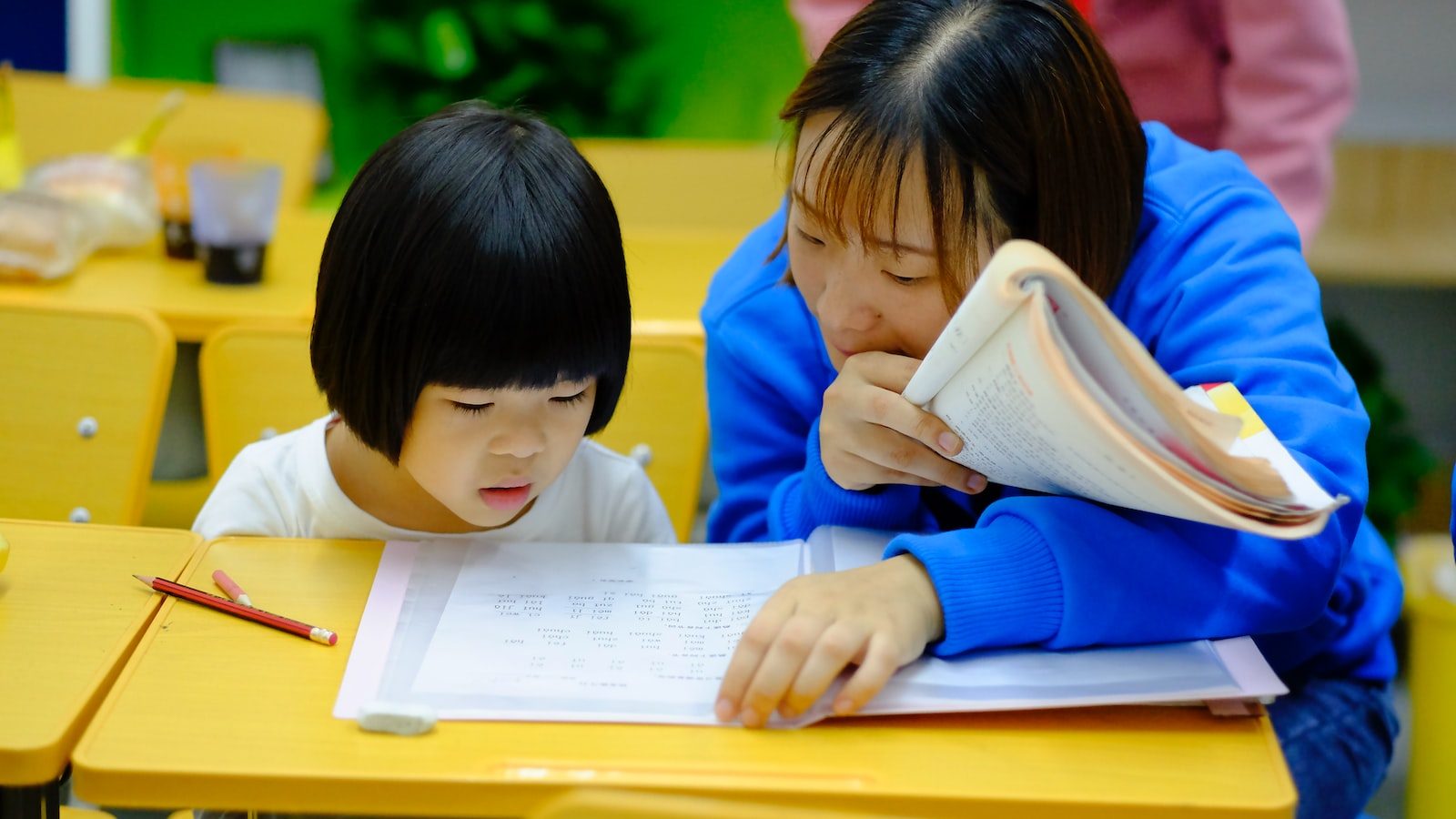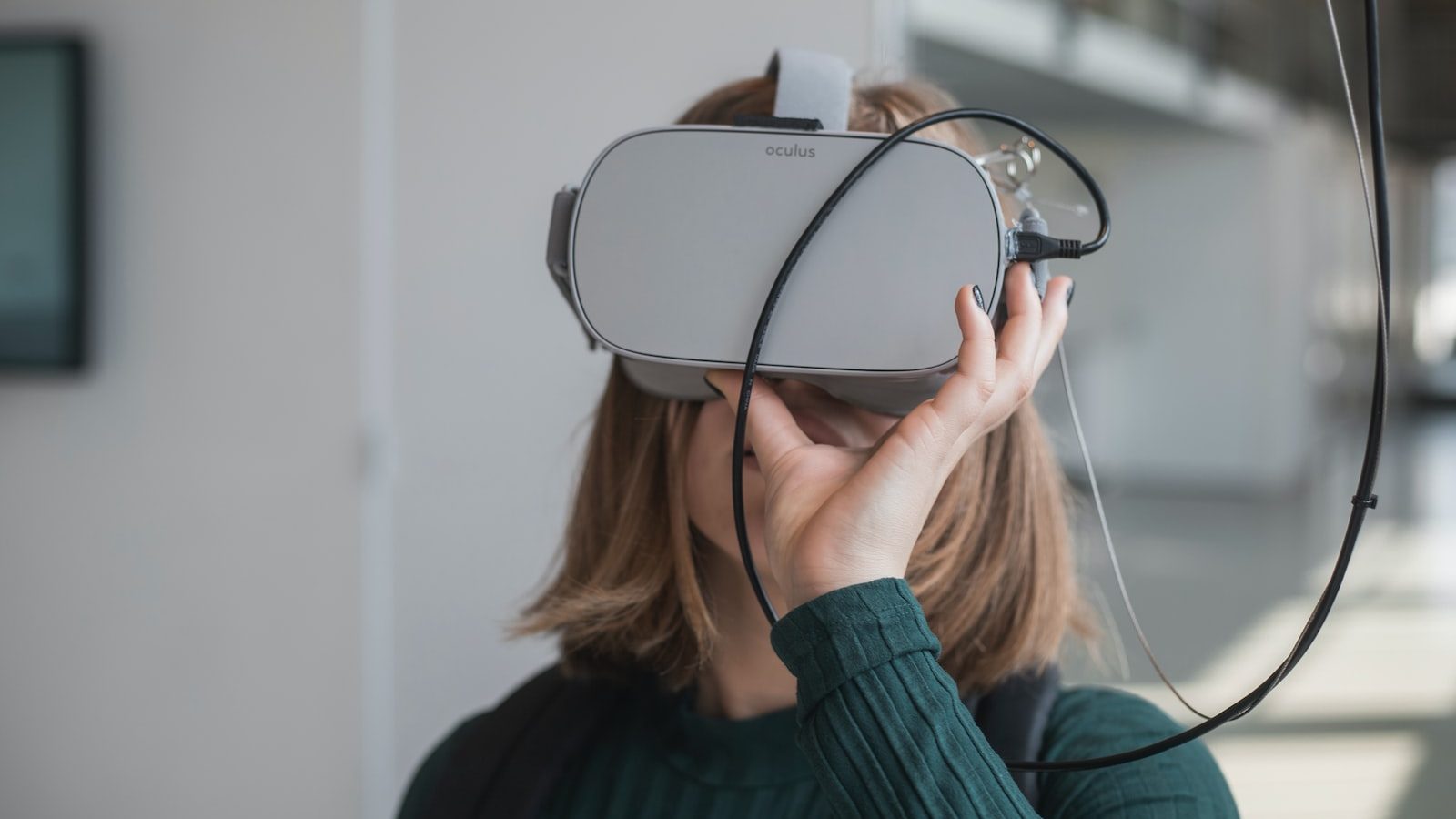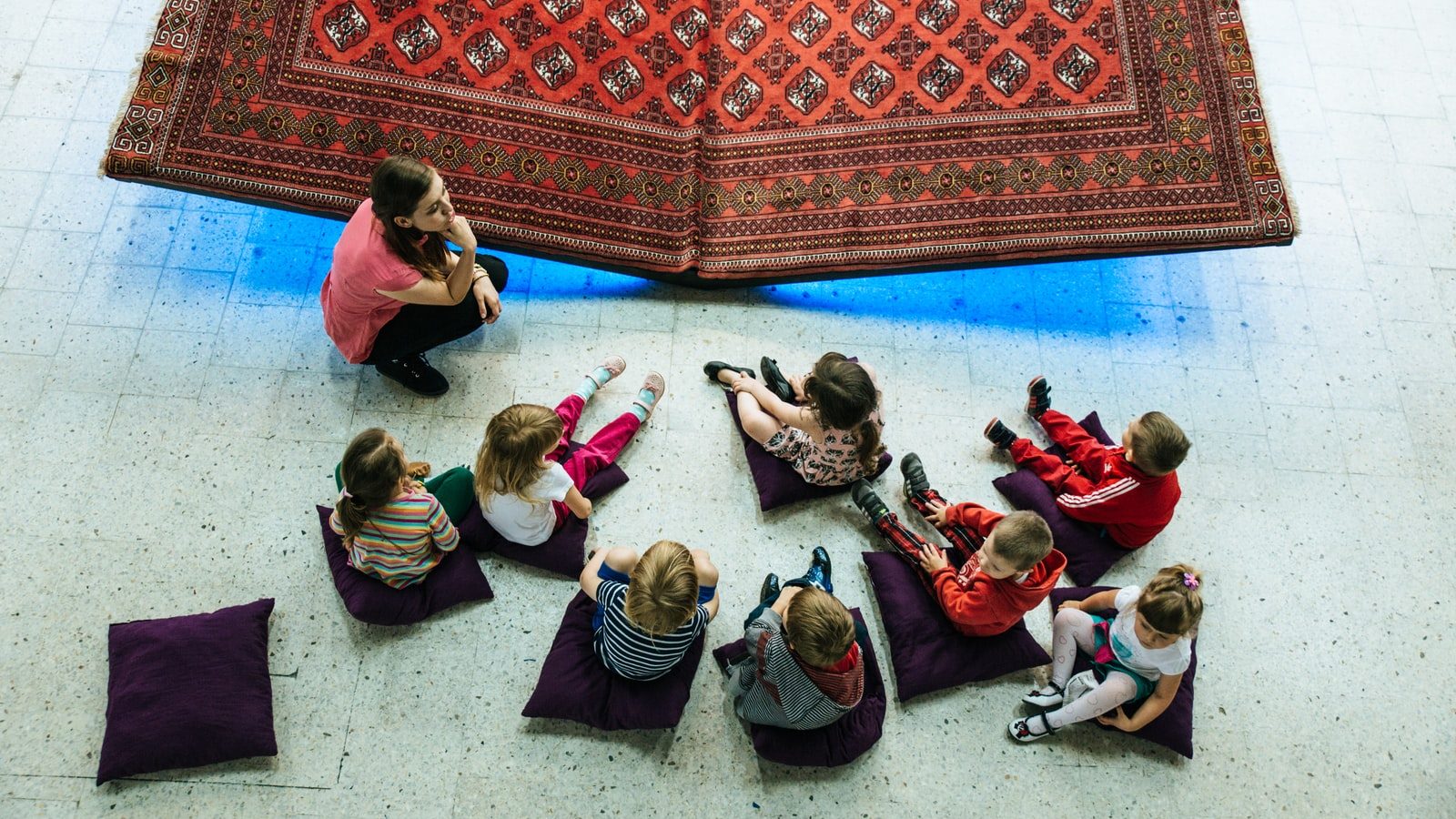Student-centered learning teaches soft skills needed for the future of work
When teachers act as learning facilitators, students develop the vital skills to lead, experiment, and persevere in the classroom and life.
Challenge:
Businesses are reporting a soft-skills gap where employees struggle to lead in uncertainty
Opportunities:
Coaches can help students develop critical thinking, leadership, and adaptability
Impact:
Empowering student voice and choice enhances confidence and decision-making
Wisdom Weavers
Activating student imagination starts with giving students voice and choice
Formal education aims to prepare students with the skills and knowledge they will need in their professional lives. However, hiring managers note an increasing gap in soft skills, including problem-solving, collaboration, and leadership. Student-centered learning could help classrooms foster these missing skills starting as early as primary school.
“Having learning and the pupil or student in the center, that’s what I see as the huge challenge that we’re faced with in K-12 education.”

Student-centered learning is based on giving students the choice and voice to co-create their learning experience. In a traditional, teacher-centered classroom, teachers deliver information while students take a passive role. Wisdom Weaver Lalo Ávalos Méndez invites educational leaders to reimagine classroom spaces that invite student participation and partnership. He reflects that “the physical experience of being inside the classroom is one of the most important things for a student. I think we should keep that. But we should rethink it; we should rethink the space, the tools we use, even the colors of the classrooms. We should really create spaces for innovation and connection because, for example, in Mexico, we have had the same classroom distribution for centuries. It’s like a higher space for the teacher and the chairs and the desks. And that’s it. And we have had that design for centuries.”
Exploring the future of work, Wisdom Weaver Dr. Jayne Fleener reflects on how the traditional teacher-centered hierarchy later influences students as they enter the workforce:
“We talked a little bit about [the need for] leadership and interpersonal development, the ability to work across different cultures and ideas and people and spaces. Unfortunately for our children in schools, their first leadership examples in the classroom, teachers, are very autocratic models of leadership. So changing leadership models includes even what it looks like when we implement those changes in the classroom.”

Core concepts of student-centered learning include inviting students to explore their interests and identify personal skills growth. This individualized approach encourages students to take ownership of their learning, persevere through challenges, and collaborate with peers who have shared interests.
Coaches in education can consider how trends in business impact student development:
- Students will need to develop empathy, respect for diversity, and collaboration skills
- Teachers can apply coaching concepts to foster critical thinking and leadership
Reimagining classrooms can enhance student performance and train future leaders
Looking back on previous education models, Wisdom Weaver Dr. Arturo Gomez Quijano suggests, “we need to accompany [students] with that old figure of the tutor, someone who is going in the path with his students and is trying to guide. Sometimes we need more horizontal work with them, not so hierarchical, not so focused on contents, but focus on accompanying someone in the way.”
Student-centered learning helps students engage with and apply ideas in collaboration with their teachers, who identify misunderstandings and facilitate deeper application. Fostering curiosity, adaptability, and determination gives students the resources to set goals and be drivers of their success.
Reimaging the classroom through an individualized approach can help communities to address disparities in educational quality and graduation rates. A student-centered learning intervention in California found that this model improved educational achievement, especially among students from minority or economically disadvantaged backgrounds. Compared to students in their county, these students had increased academic performance and were more likely to graduate. Evolving Education hosts a database on student-centered learning outcomes and support for educators trying to adopt this model.
Coaching Empowers People
Coaches are already working to transform education and foster cultures of learning through teacher training and community engagement. In the classroom, coaches can guide students through goal setting, help them identify strengths, and bring together students from diverse backgrounds to tackle complex problems. Coaches in K-12 student programs report student empowerment, leadership growth, and psychosocial development.
The Instructional Coaching Group brings together administrators and teachers to support professional collaboration and open communication. Their interventions foster mutual respect and help increase teacher confidence to reduce burnout. Teachers who experience coaching then go on to apply coaching skills to their students.
Manifesto for the Future of Education
34 Wisdom Weavers from 15 different countries gathered to reimagine the future of education, using the lenses of coaching, pedagogy, sustainability, technology, social transformation, and collaboration. These discussions inspired us to craft a call to action — a Manifesto for the Future of Education — that establishes a vision for transforming education around the world while integrating the practice of coaching as a catalyst for positive change.






